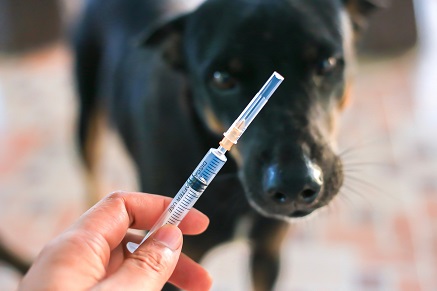Month: February 2019
Alternatives to Declawing
The HVO team is proud to inform you that, from now on, we will no longer proceed to the declawing!
A declawing or onychectomy is an elective surgery (not obligatory for the the health of the animal) that is performed on cats and involves amputating the distal phalanges of the animal’s toes, those that hold the nails. However, this practice is strongly discouraged by the various veterinary associations, such as the Ordre des Vétérinaires du Québec, and more recently by the Canadian Veterinary Medical Association.
What are some alternatives to declawing?
First, you must take into consideration your cat’s regular behavior in its environment. Check to see if your cat prefers to scratch a rug or a vertical surface such as the armrest of a sofa. You can then make or buy a solid scratching pad or post that is covered with carpet or hemp. It should be stable and long enough that the cat is able to stretch out its entire body when clawing it. The scratching apparatus can be sprinkled or sprayed with catnip and should be placed at your cat’s favorite location in the house.
When your cat uses the scratching pad or post, reward it with a treat or by petting it. Discourage inappropriate clawing with a firm « No » and redirect the cat’s attention to his scratching post. When you leave your home, close off all of the areas that contain articles that you do not want your cat to scratch. You can use two-sided tape to protect the corners or the legs of your furniture. Kittens start to scratch when they are less than one month old. It is recommended to supply them with a scratching pad as soon as they are born.
You can ask your veterinarian or animal health technician to show you how to cut your cat’s nails.
• Press lightly on the pads of the paws to make the nails come out.
• Cut the transluscent part of the nail which does not contain veins, not the pink part which is called the pulp. The pulp grows slightly along with the transluscent part and will cause severe pain to your cat if it is cut. Nail trimming is a necessary precaution that is not painful for your pet. By cutting your cat’s nails twice monthly, there is less chance of the cat hurting someone or damaging your furniture.
Another alternative that is strongly recommended by veterinarians is nail caps. These are soft plastic nails that are glued onto the cat’s nails. This procedure can be done in a veterinary clinic by a technician or by yourself at home.The nail caps do not interfere with the cat’s ability to extract and retract its nails nor with the natural growth of its nails. They will eventually fall off as the cat’s nails grow and would need to be replaced every six to twelve weeks. They are totally harmless and non-toxic. The glue that is used to apply them is the same type of glue that veterinarians use during surgical procedures.
Do not hesitate to contact us if you have any questions and don’t hesitate to talk about it with your veterinarian on your next visit!
It’s Valentine’s Day!
While your pets may be your Valentines this year, don’t forget that chocolate can be very dangerous for them! It contains a molecule called Theobromine (a cousin of caffeine) which is toxic to pets. It’s simple, the darker the chocolate, the more theobromine is present. Your animal’s weight is something else to consider. For example, a chocolate bar will not have the same effects on a Lab as it will on a Chihuahua! Chocolate is just as dangerous for cats, but they are not as likely to eat it. If in doubt, talk to your veterinarian.
Happy Valentine’s Day !
